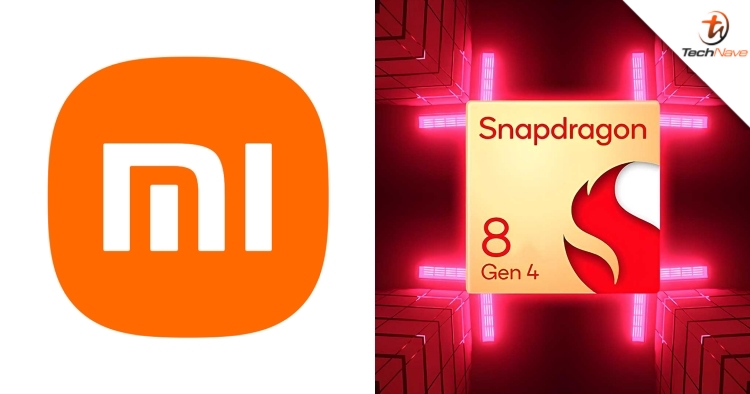
At CES 2015 Intel made quite a few announcements, but one of the most important was for the 5th Generation Intel Core processor family. Utilizing a 14nm fabrication process, the new Intel Core processors include Intel HD graphics and Intel Iris graphics based on the Intel Broadwell microarchitecture. While these new 5th Generation Intel Core processors will be making their way to notebooks, 2-in-1 devices, ultrabooks, chromebooks, mini PCs, desktops and other devices, Intel is also readying their new Cherry Trail range of processors for mobile devices. These Cherry Trail processors are also made using a 14nm fabrication process, offer 64-bit computing, Intel Generation 8-LP graphics and LTE-Advanced connectivity via the Intel XMM 726x platform for Cat6 speeds. We expect Cherry Trail tablets to arrive sometime in Q1 or Q2 of 2015 despite there being no Malaysia release dates or pricing details just yet. Here's what Intel had to say about Cherry Trail:
"Intel’s 14nm, next-generation Intel Atom processor for tablets, “Cherry Trail”, will offer new user experiences such as Intel RealSense technology, no wires, no passwords and Intel® Context Aware™ technology capabilities, bringing new innovation and excitement to tablets. Intel RealSense Snapshot provides depth-sensing photo capabilities, giving people the power to change focus, take measurements, and add dynamic effects and motion to pictures with a touch of a finger. With its no wires capabilities, Cherry Trail enables tablets to wirelessly display content to a big screen or projector. Cherry Trail will also enable users to login with their face, fingerprint or a trusted device they assigned. Using an accelerometer, sound and light sensors, and information from the cloud, Intel Context Aware technology can determine the context or environment someone is in and provide information based on those surroundings."

Brian Krzanich, Intel CEO holding up the button-sized Intel Curie Module
Also announced at CES 2015 was the Intel Curie Module. This button-sized System-on-Chip (SoC) is a low power solution for wearable designers. It offers amongst other things a motion sensor, Bluetooth Low Energy and battery charging capabilities along with support for open source RTOS. The Intel Curie module itslef is based on the 32-bit Intel Quark microcontroller and was designed for "always-on" applications. Check out the full tech specs of the Intel Curie Module below:
- Low-power 32-bit Intel Quark™ microcontroller
- 384kB flash memory, 80kB SRAM
- Low-power integrated DSP sensor hub with proprietary pattern matching accelerator
- Bluetooth Low Energy
- 6-axis combo sensor with accelerometer and gyroscope
- Battery charging circuitry (PMIC)
“The rise of new personal computing experiences, intelligent and connected devices, and the wearable revolution are redefining the relationship between consumers and technology. Our goal with Intel technology is to help solve real problems and enable experiences that are truly desired by people and businesses. In order to do this, we must also do more to lead the growth of diversity and inclusion within the technology industry. Women and under-represented minorities will continue to play a greater role as consumers, influencers, creators and leaders.” Brian Krzanich, Intel CEO
“Last year, we partnered with leading technology, fashion and lifestyle brands to help build a robust wearable ecosystem. With the Intel Curie module, Intel will continue to push the envelope of what’s possible and enable companies to quickly and effectively build low-power wearables in various form factors.” Mike Bell, vice president and general manager of Intel’s New Devices Group



















COMMENTS